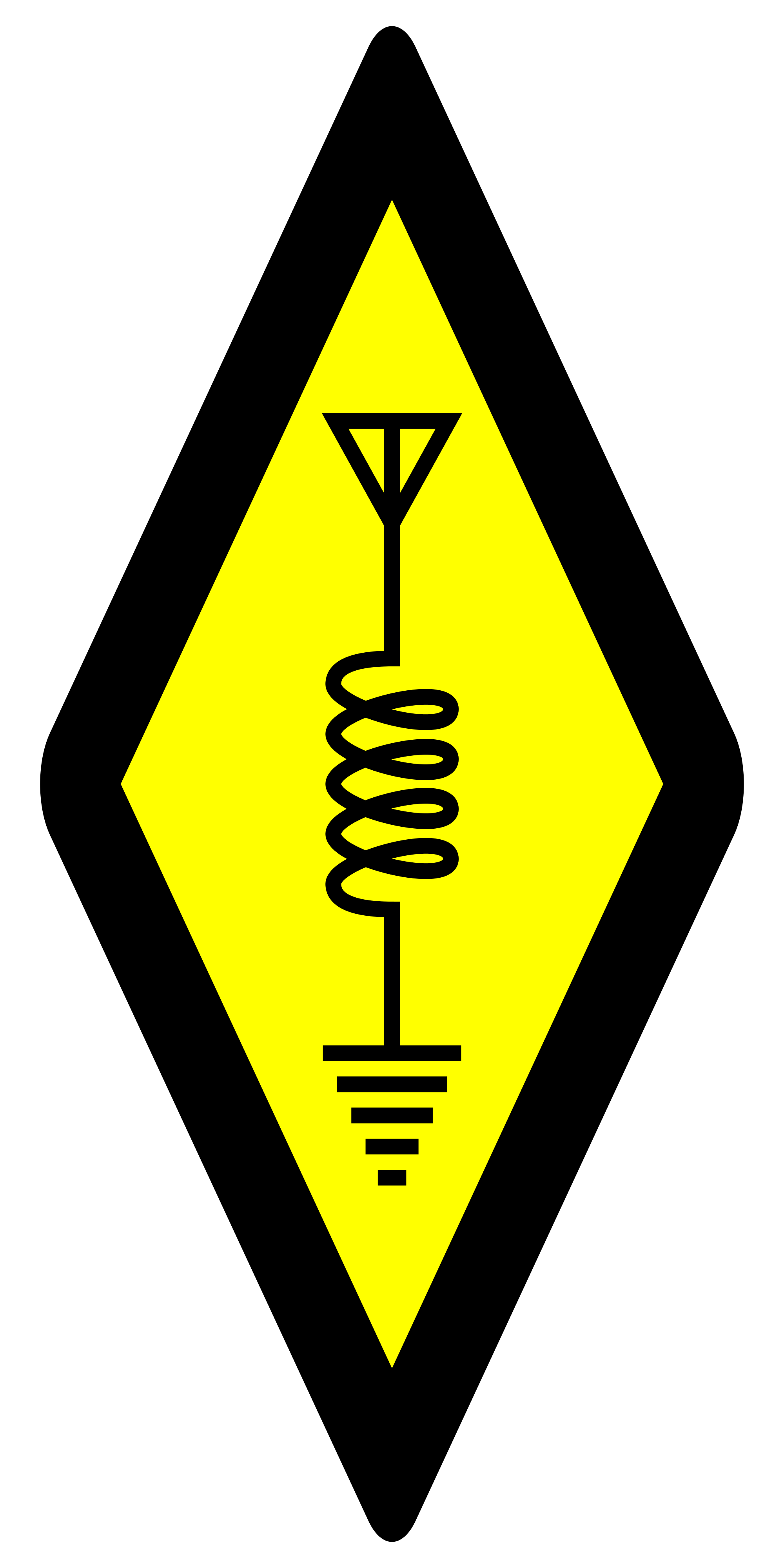I’ve got an itch to activate a particularly difficult-to-activate POTA park. The few who found success did so with a barely-qualifying amount of digital or CW contacts with the exception of two prominent and skilled phone operators (and one of them had to give it a second try another day). What brings the difficulty is the terrain: the park is a RF pit of despair beach with 20m tall shear cliffs into the surrounding mountains. It’s also remote enough to make spotting difficult; there’s no cell nor a APRS repeater for self-spotting.
There are a few strategies I could go for, like beaming into the ocean for KH and VK stations, but I think this park is just about the perfect case for NVIS propagation. I’ll probably give my EFHW a shot in an inverted V or sloper configuration, but I’m also thinking of building:
-
A basic dipole since I could pump more power into it than my existing EFHW transformer can handle.
-
A one-wavelength loop antenna. In theory a low loop offers a more circular radiation pattern than a dipole and slightly better gain. However, it’s twice as much wire to raise.
What kind of portable antenna would you choose to operate daytime NVIS? Do you have any other ideas or thoughts?


Indeed, many of my wire antennas work with NVIS. I rarely do nighttime radio, so my 40m work is generally localized. My EFHW with a 40m fundamental in L / V ish configuration at 10m height and 20 to 50 watts of power does a great job, 59 reports locally and up to 600km away. I even played around with attaching a wire to the top end of my telescoping vertical to make an inverted L specifically for pulling out the vertical’s null and into NVIS operation.
Perhaps the park is more about being an excuse in expanding my antenna collection because my EFHW maxes out around 50w SSB, but I’m not going to complain. Who doesn’t want more antennas?
I’m looking at K-6450, but it’s not the only POTA that’s a cove. There’s plenty of small beaches up and down the coast that are surrounded by cliffs and mountains. I hope our discussion can help others looking at similarly difficult POTA parks.
My first experience with this beach was when I took my radio with my 1/4w vertical for some simple play and SWLing because I wanted to avoid local QRM. That trip was successful in removing the QRM and nearly all bands were quiet from any eastward activity and nearly silent from north-south stations despite decent band conditions. Afterwards I checked POTA to see if the beach was a valid park, which it was, and noted how few people have activated it. That makes sense as depending on DX for activation is a difficult proposition. I suspect those who did activate probably did so from the parking lot (better power budgets and a larger sky view), went on a weekend for higher band activity, knew how to maximize local propagation, and/or used digital to deal with very weak signals.
Hence why I’m looking at NVIS options. If I can setup the best portable NVIS that I can muster, then that antenna with my beach DXing setup should cover the contacts needed to active the park.
As for the planned spot to operate from, this time I’ll try working from the cliff tops instead of on the sand. There are trees that I can use and is not a crowded location (the beach is popular, not the cliffs). I don’t want anyone tripping over poles or long wires after all.
My reading of the state park map is that the park is on the ocean side of route 1, so that’ll eliminate going up any real hills. I’m not really familiar with that section of the coast, though.
It also sounds like you want an excuse to expand your antenna collection. Go for it! Antenna experimenting is fun. Set up two, and try some A/B testing, or use WSPR or RBN.
Its an interesting problem you’ve found. As a frequent SOTA op, its not one I encounter :D
Yep, the park includes the parking lot, but it’s a different not POTA or SOTA park on the east side up the hills. Though there is a summit not too far away (W6/CC-072 San Bruno Mountain) that’s challenging for another reason: it’s littered with FM and TV broadcast towers. I’ve never tried to SOTA it, but I bought a 2m bandpass filter for my handheld for when I’m out hiking it. It’s a pastime listening to folks on 146.52 calling CQ but unable to hear the 10 people trying to respond. It’s such an easy peak to get to but so many folk fail because their radio’s frontend becomes overloaded.
This exercise is definitely an excuse for more ham stuff. If I can squeeze out an additional 3db over what I have, then it’ll be worth it.
This is funny to me, I can see myself being that person.
Though I took my ft60 to my local (very small) peak, it’s got a tower jam packed with antennas, and I’ve had good success. So I guess my front end wasn’t overloaded 🤷♂️
I hike with a FT60 too; it’s simple and robust. It’ll handle San Bruno mountain except for right along the top ridgeline. Walking 20 meters downhill will let it work again. That mountain is just a crazy bubble of RF.
I use two techniques to figure out if the handheld I’m carrying will work. First, if the S meter reads at S9 but the squelch isn’t opening, then it’s overloaded. The second is to call into a clearly viable and local repeater. Failing to open the repeater is a pretty good sign of overload.